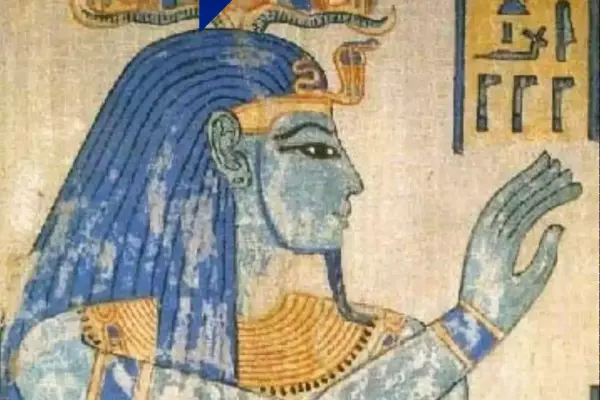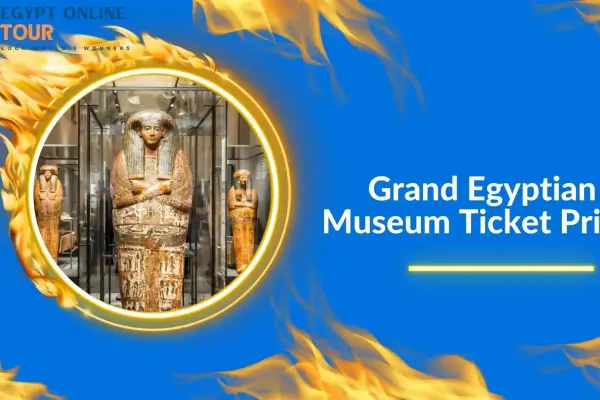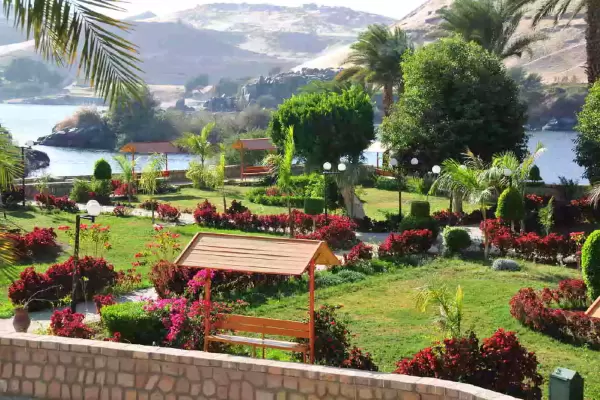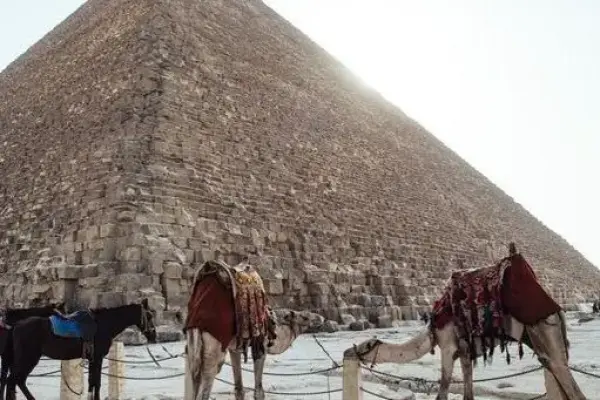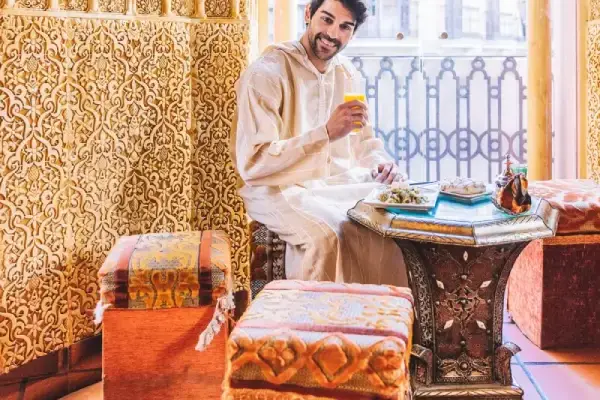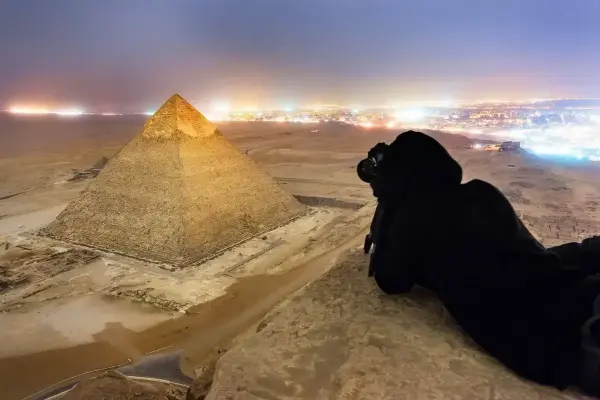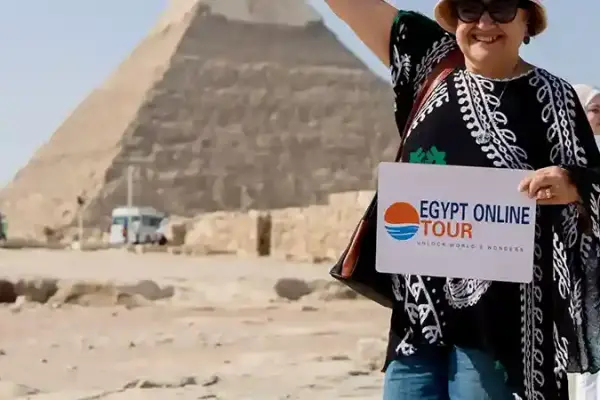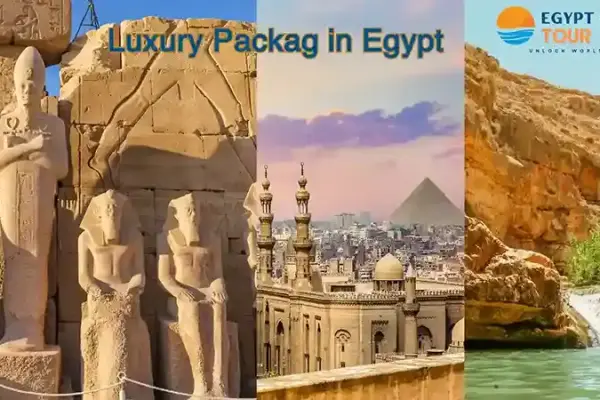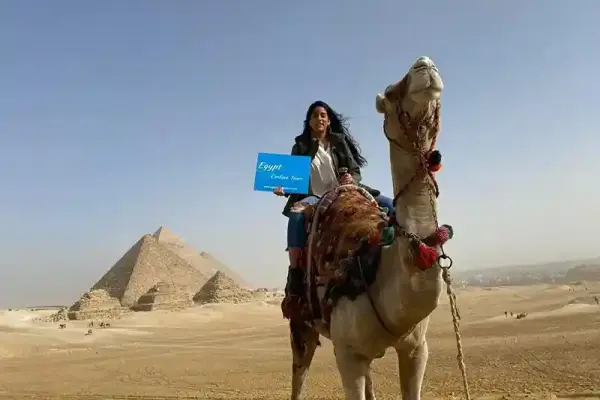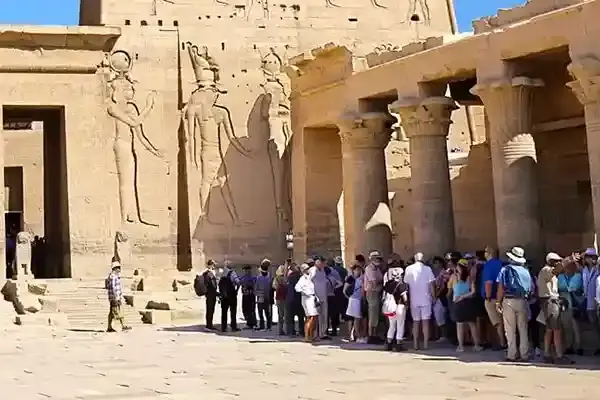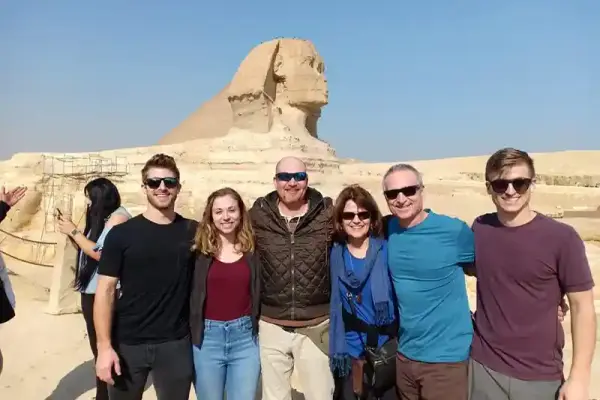Now, you may not have heard of her, but Amathunta holds a special place in Egyptian mythology. She was revered as a goddess of water, fertility, and abundance essential in a land where the Nile was the lifeblood of civilization. According to the Egyptian goddesses Amathaunta facts, some myths associate her with the cycles of the Nile, suggesting that she played a divine role in the river’s seasonal floods.
Table of contents [Show]
- The Relationship of the Egyptians with their gods:4 foundations for this strong relationship
- Top Egyptian Gods and their Powers: 10 Most Powerful Gods
- Egyptian Goddesses Amathaunta facts: The Mysterious Goddess of the Aegean Sea
- Egyptian Goddesses Amathaunta facts for kids
- Who is the most powerful goddess in Egypt?
- List of ancient Egyptian gods and goddesses
- FAQ
The Relationship of the Egyptians with their gods:4 foundations for this strong relationship
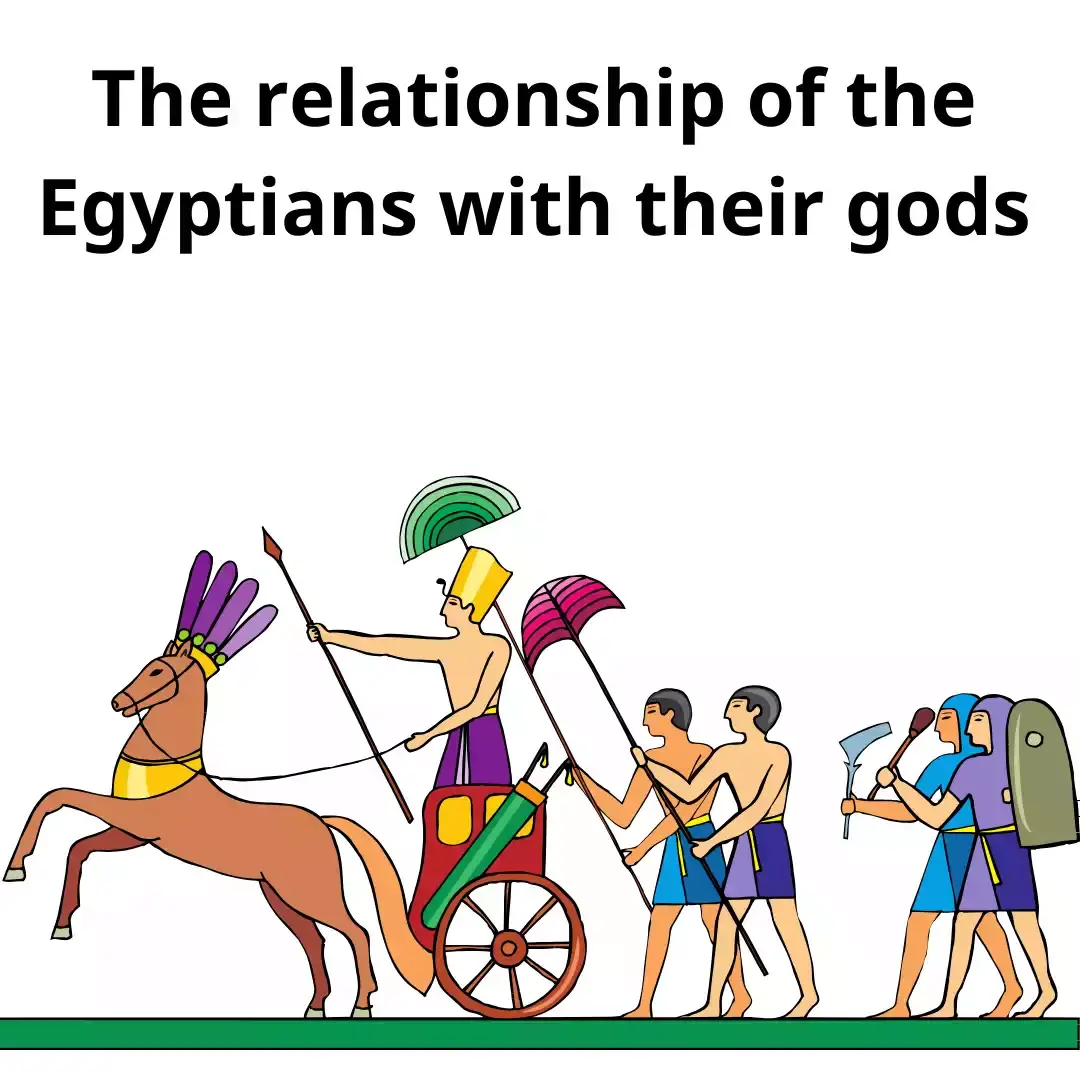
In Jan Vercoutre’s book Ancient Egypt, the relationship between the Egyptians and their gods is described as a deeply spiritual relationship that was integral to everyday life.
- Protection: Vercoutre notes, “For the Egyptians, their gods were guardians of the cosmic order, whose patronage ensured prosperity and stability.”
- Personal connection to the gods: People prayed for health, protection, and success, offering tokens such as food, flowers, or amulets.
- The Pharaoh as Divine Bridge: Vercoutre highlights this unique connection, saying, “The king’s role was not merely political; he was the living embodiment of the god, charged with maintaining harmony between gods and humans.”
- Fear and Respect: They feared the wrath of the gods, believing that natural disasters or societal unrest were signs of divine displeasure.
Vercoutre sums it up best, saying, “For the Egyptians, life and the divine were inseparable; honoring the gods was a support for the very fabric of existence.”
Top Egyptian Gods and their Powers: 10 Most Powerful Gods
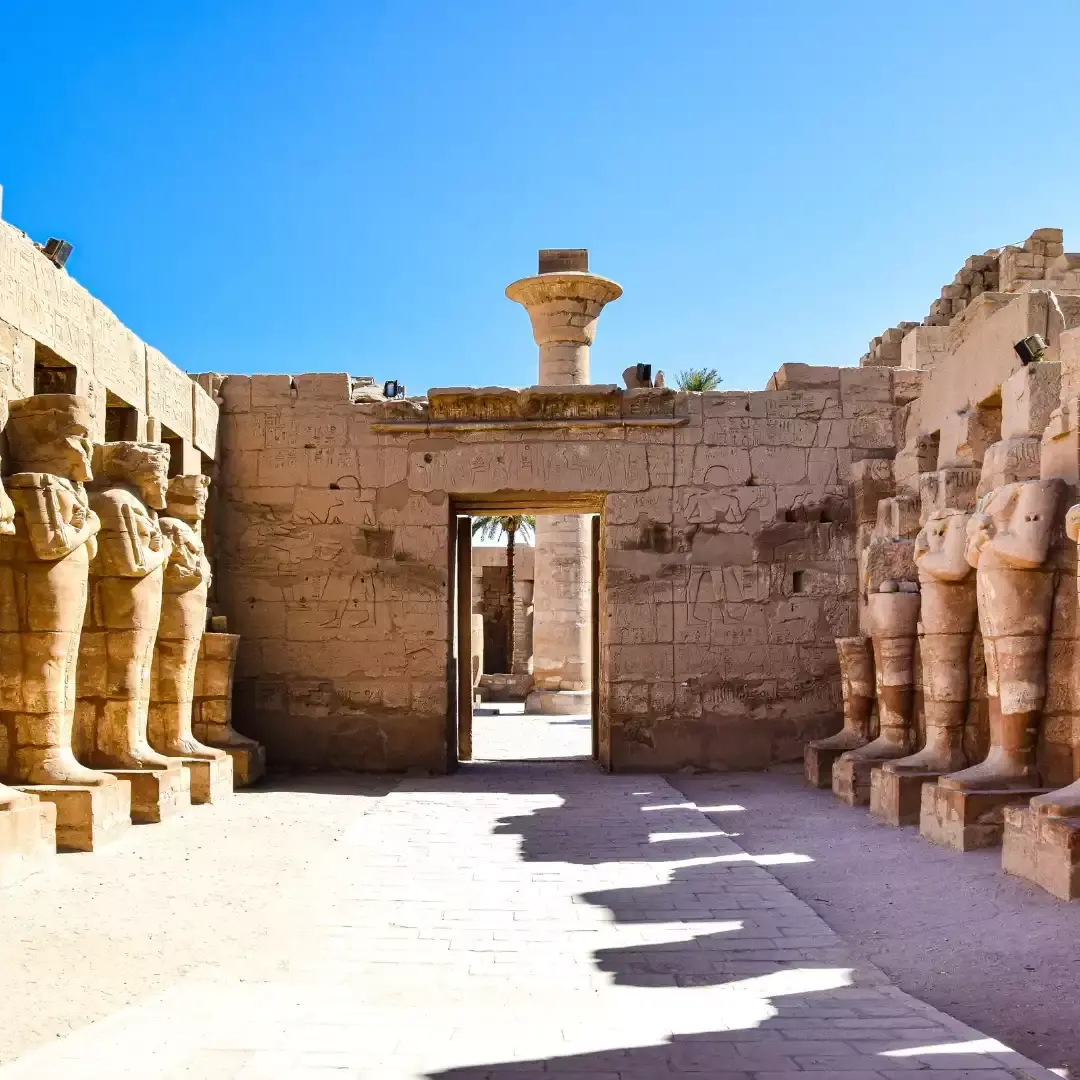
Ancient Egyptian mythology is rich with gods and goddesses, each embodying unique attributes and powers. Here’s a list of the most renowned Egyptian deities and what made them powerful:
1. Ra
- The God of the Sun and Creation, was the supreme god, believed to bring light and life to the world.
- As the creator, he traveled through the sky by day and the underworld by night, battling chaos to ensure order.
- Powers: Creation, light, and maintaining the cycle of day and night.
2. Osiris
- The God of the Afterlife and Resurrection, ruled over the afterlife and was associated with fertility and rebirth.
- Its powerful story of death and resurrection symbolizes renewal and the cycle of life.
- Powers: Governing the afterlife, judgment of souls, and granting eternal life.
3. Isis
- The goddess of magic, motherhood, and healing, she was a powerful sorceress and healer, best known for resurrecting her husband Osiris after his murder and protecting her son Horus.
- She was revered as a compassionate and nurturing deity.
- Powers: Magic, protection, and health.
4. Horus
- God of Kingship and the Sky
- Horus, depicted as a falcon, represented divine kingship and the protector of Egypt.
- He avenged his father Osiris by defeating Seth and becoming the ruler of the living.
- Powers: Sky, protection, and warfare.
5. Anubis
- God of Mummification and the Afterlife
- Anubis guided souls to the afterlife and oversaw the mummification process.
- He weighed the hearts of the dead to determine their worthiness for eternal life.
- Powers: Protecting the dead, embalming, and judgment.
6. Thoth
- God of Wisdom and Writing
- Thoth was the scribe of the gods, credited with inventing writing, mathematics, and astronomy.
- He mediated conflicts between gods and maintained cosmic balance.
- Powers: Knowledge, writing, and divine judgment.
7. Hathor
- Goddess of Love, Joy, and Music
- Hathor embodied beauty, motherhood, and celebration. She was associated with beautiful music, dance and the fertility of the land.
- Powers: Spreading love, joy, and creativity.
8. Seth (Set)
- God of Chaos and Desert Storms
- Seth represented disorder and violence but was also a necessary force in maintaining balance.
- He protected Ra’s solar barge from the serpent Apophis each night.
- Powers: Destruction, chaos, and protection in battles.
9. Bastet
- Role: Goddess of Protection and Cats
- Bastet was a guardian goddess associated with home, fertility, and domestic harmony.
- She was also a fierce protector against evil spirits and disease.
- Powers: Protection, healing, and fertility.
10. Amun
- Role: King of the Gods
- Amun was a powerful creator god worshipped widely, especially in Thebes.
- When combined with Ra (as Amun-Ra), he became even more prominent as a supreme deity.
- Powers: Creation, kingship, and hidden strength.
Each of these gods played an essential role in maintaining the balance of Ma'at (order) in Egyptian mythology. Their stories and powers reflect the values and beliefs of one of the most fascinating ancient civilizations in history.
- Discover the secrets of Egypt's most powerful gods up close - join our exclusive Grand Egyptian Museum Tour and enter the heart of ancient mythology
Egyptian Goddesses Amathaunta facts: The Mysterious Goddess of the Aegean Sea
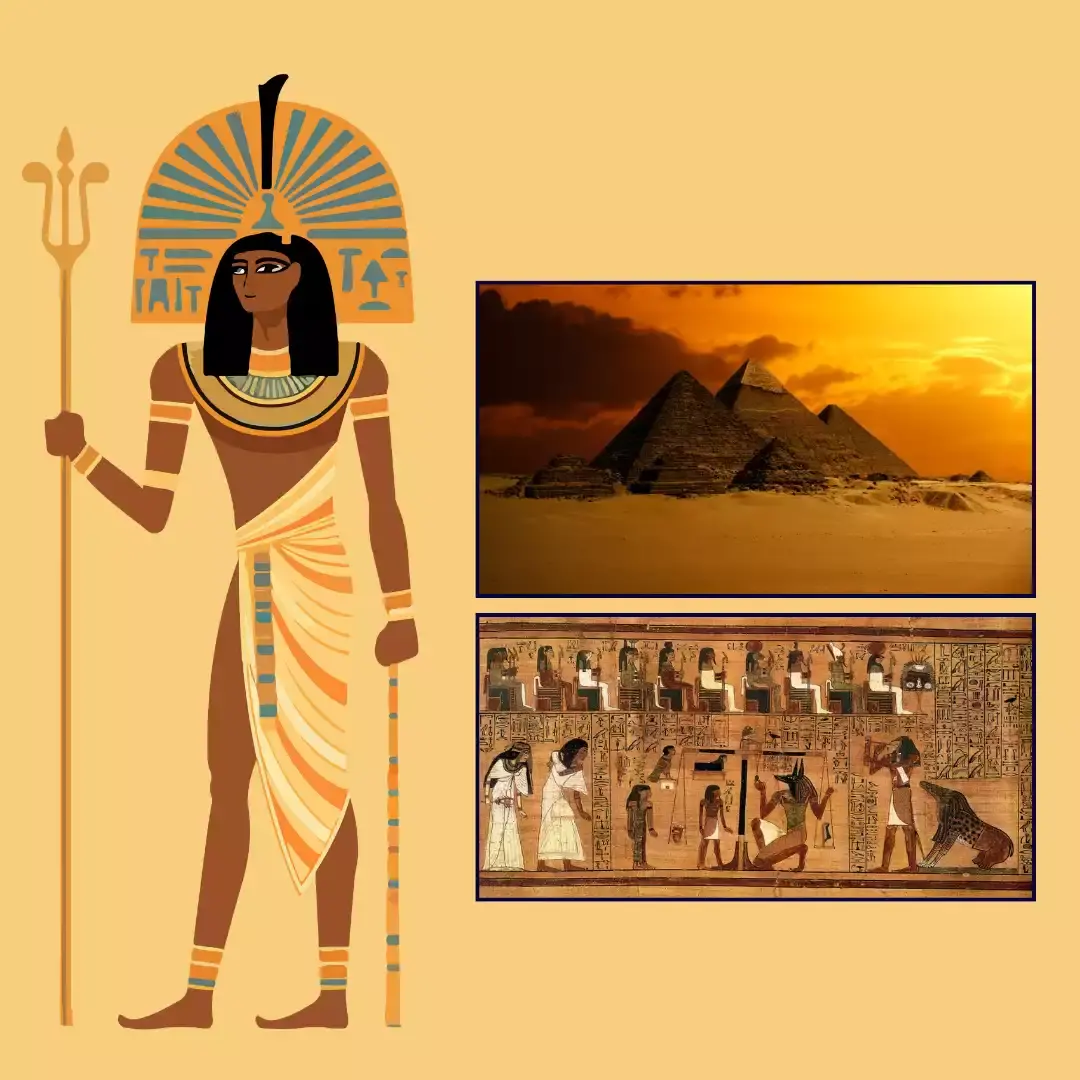
What’s unique about Amathaunta is her dual nature. While she symbolizes life and fertility, she’s also connected to transformation, representing the delicate balance between abundance and scarcity, life and decay. Her worshippers would offer tokens like lotus flowers and shells, believing she could bless their harvests and families.
Amathaunta is a fascinating ancient goddess whose story spans across the Aegean Sea.
Some scholars believe she may have originated as a Sumerian goddess named Ashmia, who is said to have founded tribes in areas like Palestine and Syria. However, much about her early history remains shrouded in mystery, leaving us to speculate about her true origins.
Did she sell seashells by the seashore or oversee mystical sea rituals? Perhaps she’s the original mastermind behind some offshore ventures! While her exact role is unclear, one thing’s for sure—her domain is the vast, untamed ocean.
Maybe like: Egyptian Empire Time Period
Quick Facts About Amathaunta symbol
- Name: Amathaunta (or Amathaon, Amathaunta)
- Gender: Female
- Domain: The ocean, seas, and their mysteries
- Celebration Day: Unknown
- Role: Neutral, with an air of enigma
Though not a widely-known deity, Amathaunta holds a unique place in the tapestry of ancient mythology. She may be neutral in her nature, but her story is anything but dull—a true testament to the mysteries of the sea.
But here’s the twist: Amathaunta’s story faded over time, overshadowed by more prominent goddesses like Isis and Hathor. Still, her influence lingers in Egyptian art and inscriptions, reminding us of her once-vital role in the pantheon.
Amathaunta: The Mysterious Goddess of the Aegean Sea.
Egyptian Goddesses Amathaunta facts for kids
Amathaunta was in charge of the ocean and everything in it. People thought she controlled the waves, protected sailors, and kept the sea animals safe.
Some stories say she might have helped the people living near the sea by teaching them how to fish or care for the water.
- Her name is sometimes spelled Amathaon or Amathaunta.
- She’s not just Egyptian—she’s part of a mix of cultures that love the sea!
- People believe she was calm and peaceful, like a sunny day by the water.
Amathaunta reminds us of how important the sea was to ancient people. They loved and respected it, and she was their way of showing that love!
Let’s imagine her as a kind goddess who watched over the ocean and ensured everyone could enjoy its beauty and gifts.
Take a look at : Strange Facts About The Pyramids
Who is the most powerful goddess in Egypt?
According to Jean Vercoutter's "Ancient Egypt", one of the most powerful and revered goddesses in Egyptian mythology is Isis (Aset in ancient Egyptian).
Isis is considered the goddess of magic, motherhood, healing, and protection. She was a central figure in Egyptian mythology and religion, deeply respected for her immense powers and compassion.
What are ISIS powers?
- Protector of the Pharaohs: Isis was often depicted as a protector of kings, using her magical abilities to ensure their safety and the stability of Egypt.
- Reviver of Osiris: Her most famous myth is her role in resurrecting her husband, Osiris after he was murdered by his brother Seth. Using her magic, she restored his body, enabling him to become the ruler of the underworld.
- Mother of Horus: As the mother of Horus, the falcon-headed god of kingship and the sky, Isis played a crucial role in raising him to avenge Osiris and reclaim the throne of Egypt. This established her as a symbol of unwavering motherhood and strength.
- Universal Worship: Her worship extended beyond Egypt into the Greco-Roman world, where she was honored as a universal goddess. Temples honoring Isis were constructed in various locations throughout the Mediterranean region.
Isis represents resilience, love, and divine power. Her influence continues to captivate historians and mythologists, solidifying her place as the most powerful goddess in Egyptian history.
Maybe like: Egyptian Tattoos Symbols and Meanings
List of ancient Egyptian gods and goddesses
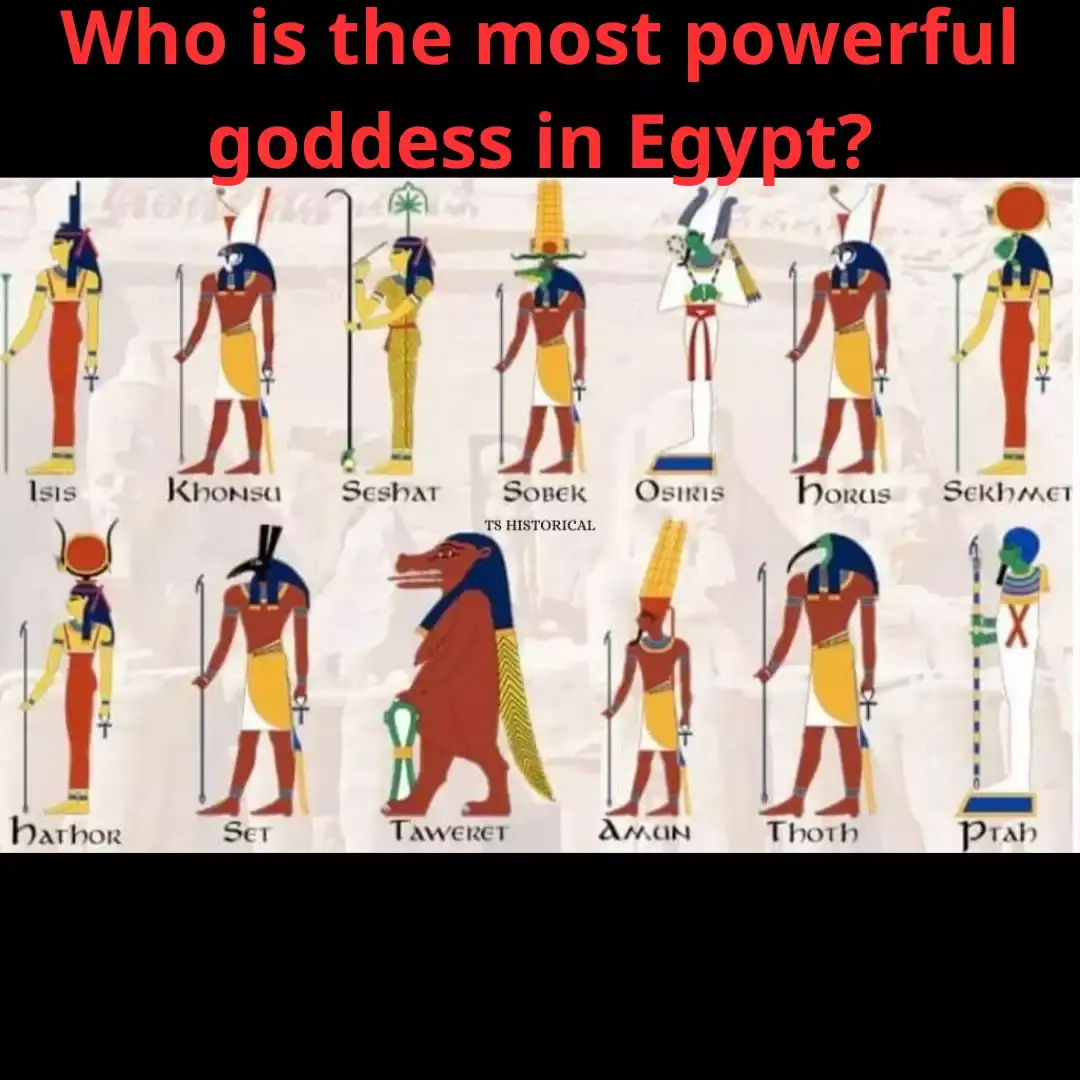
Major Gods and Goddesses | Goddesses of Protection and Fertility
| Gods Associated with Nature
| Unique Deities | Underworld Deities
|
|
Role: Goddess of Protection and Cats Symbol: Cat
| Geb: God of the Earth Tefnut, Goddess of Moisture and Rain Symbol: Lioness
| Seshat: Goddess of Writing and Record Keeping Symbol: Star and crescent headdress | Ma’at Role: Goddess of Truth, Balance, and Justice Symbol: Feather of truth
|
|
Role: Goddess of Childbirth and Fertility Symbol: Hippopotamus
| Bes: God of Protection and Home Symbol: Dwarf with lion features
|
Min: God of Fertility and Harvest Symbol: Lettuce
| Apep (Apophis) Role: Serpent of Chaos Symbol: Snake
|
|
Role: Goddess of Mourning and Protection Symbol: House and bowl
| Sekhmet: Goddess of War and Healing Symbol: Lioness
| ||
|
Role: Sky Goddess Symbol: Stars and the night sky
| Ammit: Devourer of the Unworthy Souls
Symbol: Crocodile, lion, and hippo hybrid
| ||
| Khnum: God of the Nile and Pottery Symbol: Ram
| |||
| Sobek: God of the Nile and Crocodiles Symbol: Crocodile
| |||
| ||||
| ||||
| ||||
|
This list represents only a fraction of the rich and diverse pantheon of ancient Egyptian gods and goddesses, each contributing to the unique cultural and religious heritage of Egypt.
- Discover Abu Simbel, where colossal statues honor Ramses II and the gods Ra and Ptah, on our 8 Days Cairo to Abu Simbel and Back Overland
FAQ
What are 5 facts about Sekhmet?
Sekhmet stands out as one of the most formidable and multifaceted deities in ancient Egyptian mythology.
1. Goddess of war and healing.
2. Sekhmet was known as a fierce warrior who protected the sun god Ra and punished his enemies.
3. Her lioness-like head symbolizes her strength and ferocity in battle. Interestingly,
4. She was believed to have healing powers, especially in curing illnesses and bringing peace after destruction.
In some myths.
5. She was said to have caused plagues as a form of punishment, but when people appeased her, she would use her powers to heal and restore balance.
Sekhmet represents both destruction and protection, making her one of the most revered and respected deities in Egypt.
What are 5 facts about Hathor?
Hathor is one of the most beloved goddesses in Egyptian culture.
1. known for her association with love, joy, music, and dance. As the goddess of love
2.She symbolized both romantic affection and the protective, nurturing love of a mother.
3. Hathor was frequently portrayed as a cow or a woman adorned with cow horns and a solar disk, representing fertility and life-giving care.
4. She was deeply connected to music and celebration, and her followers would honor her through music, dancing, and joyful rituals.
5. Hathor was also seen as a protector of women, especially during childbirth, and as a healer for the sick. Her nature was gentle and joyful, yet she also had the power to protect her people fiercely when needed.
Is Hathor good or evil?
The Egyptians did not have a belief in evil or the devil in their belief about their gods, as Hathor was traditionally considered a benevolent goddess, embodying positive qualities such as love, joy and protection. She was also revered as a protector of women, especially during childbirth.
Read more: What did Hatshepsut do
What are the powers of the goddess Amunet?
1. Considered the goddess of air and the hidden forces of the universe, she embodies the primordial elements of chaos and creation.
2. Amunet was part of the Ogdwad, a group of eight deities associated with the creation of the world, representing the invisible and mysterious forces that govern life.
3. A goddess of breath and life, she was believed to have the power to bring new life into existence.
4. Amunet was also associated with power because of the god Amun.
5. She is often depicted as his consort or counterpart, reinforcing her role in creation and divine power.
- Sail the Nile like ancient royalty and explore the Pyramids, temples, and tales of Egypt's gods with our 10 day round Trip Nile Cruise and Pyramids adventure
Summary
In exploring the fascinating world of Egyptian mythology, it’s clear that the gods and goddesses held immense power and influence over daily life, shaping a civilization that thrived for over 3,000 years. From Sekhmet’s dual role as a warrior and healer to Hathor’s embodiment of love and joy, each deity contributed uniquely to the rich tapestry of ancient Egyptian culture. Perhaps the most intriguing fact? There were over 1,500 deities in total, each with their own stories and mysteries, reflecting the Egyptians’ deep reverence for the divine forces that governed their world. Truly, their gods were as boundless as the Nile itself.
Popular Categories
Related tours
Cairo, Aswan, and Luxor
-
Starting From
$ 2,850
-
Type
Package
Cairo, Aswan, and Luxor
-
Starting From
$ 1,600
-
Type
Package
Cairo, Aswan, and Luxor
-
Starting From
$ 1,850
-
Type
Package
